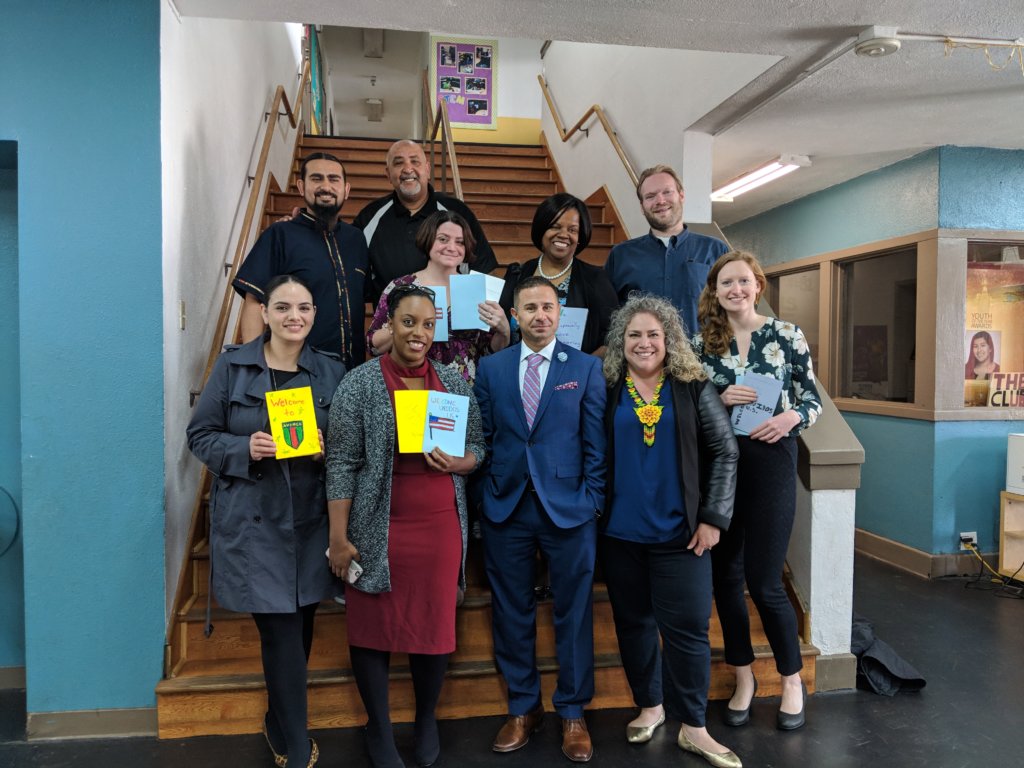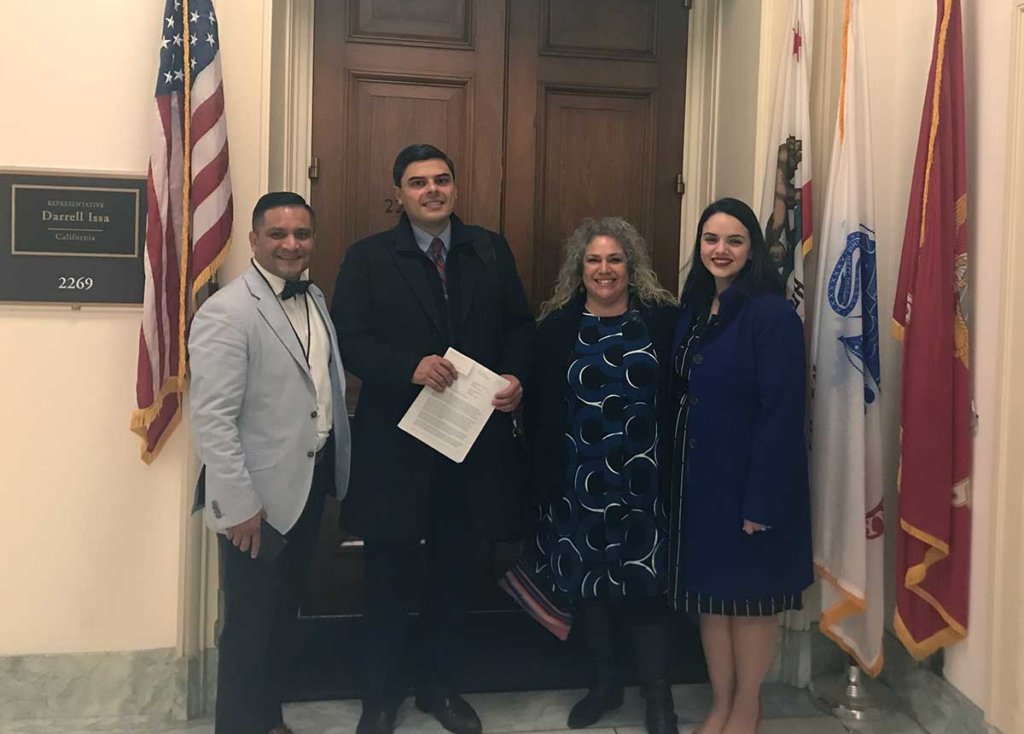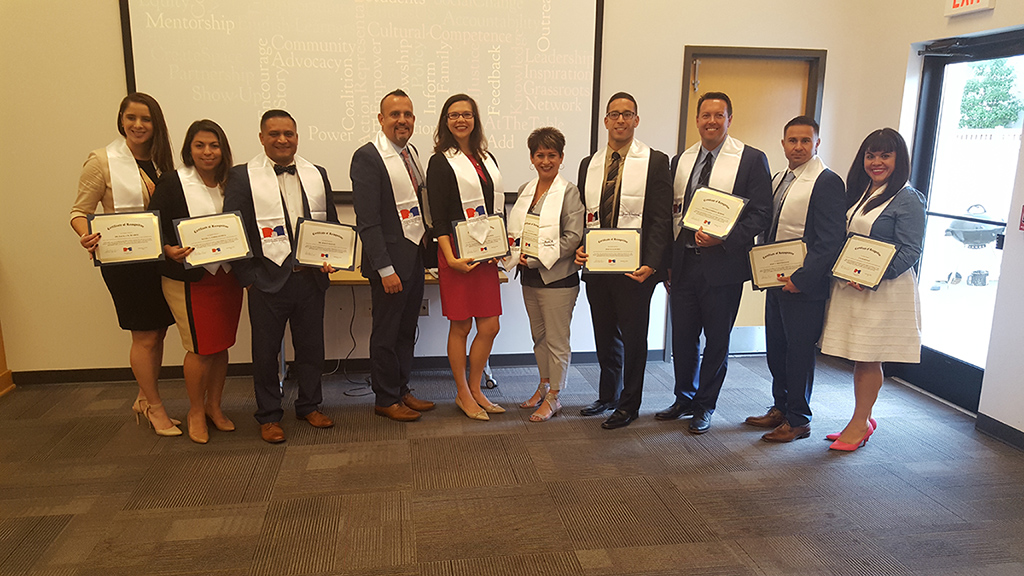Leadership Qualities of Equity-Focused School Leaders: Marla Fernandez
By Marla Fernandez, South Bay Union School District, National Institute for Latino School Leaders Fellow

I have worked at South Bay Union School District for seven years. My wonderful elementary school is tucked away in a beach community that is located five miles from the Mexican border in San Diego. Our enrollment of 560 students includes 70% Latino students and 50% English learners. Additionally, 79% of our students’ families are low socioeconomic status; hence, we are schoolwide Title I.
Keep up with the latest from UnidosUS
Sign up for the weekly UnidosUS Action Network newsletter delivered every Thursday.
When I was growing up, I was an English learner like many of my students. Although my mother was bilingual, I did not begin to attempt to tackle the academic demands of English until fourth grade. This was due to my teacher, who opened up a whole new world to me by teaching me to love literature. These experiences informed my teaching career, which has always included working in the field of bilingual education as a classroom teacher, resource teacher, and literacy coach.
Many books and articles have been written on the subject of key leadership qualities for success in principalship. So, I ask my myself, “What qualities do I possess that have made the most positive impact? Is it building and sustaining trusting and respectful relationships? Is it the ability to act with courage, humility, integrity, and fairness? Is it all of these qualities and more? Is equity the end result when leaders demonstrate these attributes?” It has been my experience that without a culture of high trust and healthy relationships, the critical work of building and preserving equity will not happen and be sustainable.
When I was hired as principal, the majority of the teaching staff did not include teachers of color. I found this somewhat shocking because my entire teaching career in the same district, I had taught in bilingual classrooms and found comfort in working with other Latino colleagues. Now, in this new position of leadership, I found myself thinking, “What does the staff think of me, not only as their administrator, but as a Latina administrator?” As I think now of that first year, did the staff feel I was going to be biased when making decisions about Latino students and English learners? Was my reputation in the district of being an advocate for high-quality bilingual education programs and English learners be a factor in teachers believing I was not going be equitable with decision-making?
The answer lied in letting myself be known on a personal side while building credibility as an instructional leader. I knew the staff were curious about me and most likely asked, “Who is Marla? What does she stand for?” My priority was to build relationships and work alongside teachers as a learner. As much as I wanted to move forward quickly with the work of instruction and pedagogy, I spent much of my first and second year observing, listening, and celebrating efforts and risk-taking. I not only did the latter with staff, I also spent much of my first two years observing and listening to the parents and community. In doing so, I was able to get a sense of the culture of the school to find out what was important to teachers, parents, and the community, as well as what they held dear about their school. I stand firm in my belief that having all the stakeholders, as well as myself, share their life stories, humanizes us and binds us as a people.
The work of equity-focused leadership happens every day, each minute. It is perpetual work that is unwavering, uncompromising, and unleashed for all of us to tackle with our courageous spirits and do what is always right.


